Lehi City News
Wilson Pro-Growth as He Looks to New Year
Published
8 years agoon
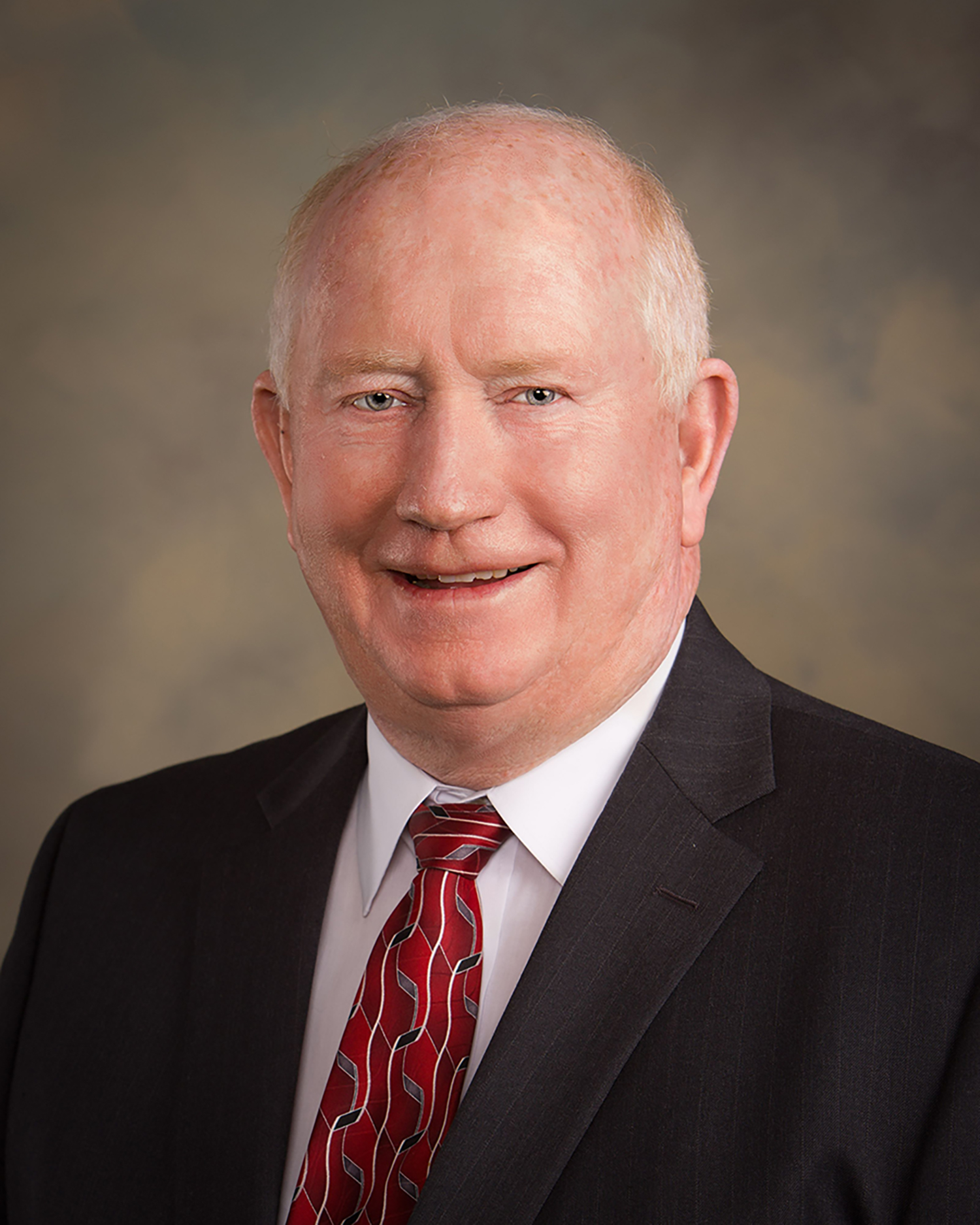
In this Lehi Free Press interview with Mayor Bert Wilson, held in December 2016, Wilson discusses last year’s disappointments and successes as he looks to Lehi issues in 2017.
Donna Barnes: We’ve been aware of some of the disappointments during the past year. What would you say was one of the biggest disappointments in your view?
Bert Wilson: I think our parks bond not passing was probably the biggest disappointment we had. I think a lot of that was because people didn’t understand it. For example, when a new home is built, you get about $1,300 plus or minus for a park impact fee. And, if you’re just building parks out of straight park impact fees, it’s not enough. For example, our Splash Pad Park up here on 3200 North was $2.5 million, basically. And we owned the dirt but it was $2.5 million to build. And so how many $1,300 impact fees in homes does it take in order to build that one park?
We lost the bond vote by a third. There’s about a third of the people that didn’t vote for it. But I think a lot of the people that didn’t vote for it didn’t really understand. Those that came to the open houses, they got a real understanding of what the money was used for or where it went. We had people that said, hey, no way does a park cost millions of dollars because they relate it to planting 10 feet of grass in their backyard and I don’t think they had a real understanding.
The city tried to stay neutral because we wanted the citizens for vote for this on their own accord, yes or no. There were some negative comments that were made, and I think people took to listening to them. When we said a park was going to cost several million dollars, somebody else came in and said it doesn’t cost that much because they relate it to their own backyard and how much they paid. And they don’t realize that just infrastructure alone costs so much money. But it’s the sewer lines. It’s the water lines. It’s the upsizing. It’s all the other things that goes in. The people that voted for it, I think they got it. Those that didn’t, I don’t think understood it.
DB: Do you think it was also a matter of timing? Do you think having the school bond on the same ballot was a detriment?
BW: We looked at that. And we thought because of the federal elections going on, that we’d have more people come out to vote. And more people would take part in the elections and so we’d have a better spread of the whole city.
Alpine School District came out with their bond and that didn’t increase anybody’s taxes, but there were some people that said “if you don’t vote for it, do your taxes go down,” which is true. The truth of the matter is the whole county has just grown so rapid that we don’t get something for nothing. We’ve got to pay our own way. Some people just want the government to pay for everything, and that just doesn’t happen.
DB: True, regarding growth, it looks like you’re projecting 12,000 new residents in Lehi.
BW: Oh, yes.
Sally Francom: In 2017?
BW: It won’t be 2017. But let me just give you a “for-right-now.” Based on the number of building permits that we’re doing right now, and that’s issuing a building permit so somebody can build a house, based on that number alone and the new babies being born, we’re gaining between 200 and 300 a month right now in Lehi. And so that’s quite a growth pattern. We have a ton of new homes to be built. As you know, we have all that property out west. If we keep going the way we’re going right now, we’re seeing about 4.3 percent growth in just new housing going on right now. And I think it’s going to be higher than that.
But I really think we’re going to do better than that. To fill out that property out on the west side of the river, I think in five years we won’t even recognize that area at all out there. I think there’ll be so many new homes out there on the north and on the south.
DB: In Hardman’s and on Holbrook’s properties?
BW: The Holbrook property on the north with Ivory. We got Edge Homes. We just approved 675 homes for those guys…
SF: That’s “The Exchange”? Edge Homes development?
BW: Yes, The Exchange. And then there’s more property that will go with that. And then below that you have the Allred property and that’ll be maybe a couple thousand homes, I would guess, at least.
One thing I know about developers is they don’t buy property to watch the weeds grow. When these guys spend millions and millions of dollars to buy property, they want to get their money back.
DB: Do you anticipate the buildout in Holbrook’s, Hardman’s and Maddox’s properties in much less than 30 years?
BW: Oh, yes. I have no doubt in my mind. If the economy stays the way it is now or even takes a dip, it’ll be a lot faster than 30 years. And the thing of it is we have businesses that are coming to Lehi and they like Lehi because of the population, the quality of people, the education we have.
Just for instance, we had a company that was just talking to our economic development director and they were here and they were kind of the head hunters or scouts to see what kind of employees they could get. And they went to BYU and they thought it was just going to be a short visit. They visited and they answered every question they wanted. And they said, we’re going to go to the University of Utah and just talk for 10 minutes because we know we’re going to hear the same thing–the quality of education that’s coming out of the U and the BYU, not to count out UVU and even MATC.
SF: In your view, what are the other serious challenges we face as a city?
BW: Transportation would be No. 2. I mean growth and transportation, it’s all the same. Now the Point of the Mountain, for example, I have heard people saying, we wish that wasn’t so congested. But I have also talked to some of the high-tech people and said, why would you even want to come to Lehi, and they said, why not? And this is the reason they want to — the education, the people. And they said, why wouldn’t we? And I said, what about the traffic? And they say, what traffic? Because if you’re coming from San Jose, you’re coming from San Francisco, you’re coming from the East Coast, this is absolutely nothing.
SF: Still Bert, don’t you think traffic is a problem?
BW: We know it’s a problem and we’re trying to get the freeway moved up to 2018 versus 2020 for the start. And it isn’t even UDOT. UDOT said we’ll build it whenever the governor will give us the money. But the governor can’t get the money unless the legislature does it. But the governor now is still going back to “let’s put the money into education, let’s do this and let’s just… We don’t want to bond anymore.” We’ve seen interest rates take a little increase yesterday. And bond rates are so low right now. In the freeway project, they put in a 3 percent inflation figure in that cost of the freeway. Well you put in a 3 percent inflation figure in there, and I don’t think that’s even going to come close. But if you’re bonding at 1.5 or 2, you’re actually losing money. You know what I’m saying?
SF: Oh yes, bond costs are at records lows.
BW: So it’s cheaper to bond for right now than it is to wait and put the inflation factor and wait for everything to go up.
SF: So, you’re saying improvements at the intersection at Thanksgiving Point–that’s a legislative issue?
BW: That’s a legislative issue.
SF: And why do you think the legislators are not more motivated to solve this problem?
BW: Because the main thing of it right now is there’s three projects in Utah that are the hotspots. You have the Sandy area southbound, the Davis County Farmington area, and the Point of the Mountain.
The legislators are getting on board now saying, let’s bond and let’s not just do to the Point of the Mountain, let’s not just do Davis or let’s just not do Sandy. Let’s do all these projects because these projects are at the top of the list. And nobody else is going to get any real projects done until we get these three big ones done.
So if they come together and say, let’s bond and do it all, now, they could get by with like a $500 million bond. They could do all of them. They’re going to do it in 2020 anyway, they can pay it off and they got all this extra money that they can finish it all off and make it work, if that makes sense. It’s just they’re coming together now saying, we need to bond, get all the projects done and then just pay it back.
SF: Do you think that will be successful?
BW: I’m hoping so. I had a lot of faith in it last year and it didn’t work. The governor’s office was very warm to the idea, and then it kind of got water thrown on it. Now the legislators are getting on board with it. I’m hoping that this year we can get it going because they’re starting to get more of a coalition of all the projects, not just the Point of the Mountain. They’re saying, give us the money for the Point but all the projects coming together now. If we all get it, then it’s going to help the whole state.
DB: One of the criticisms we hear is “why wasn’t the state or Lehi more forward-looking to this growth?” We had a big reconstruction of the freeway four years ago, and now we’re going back and redoing the whole thing. How do you answer that?
BW: Since I’ve been mayor, we met with UDOT in the beginning of time and for seven years I’ve been hustling UDOT— not me, but I mean we, I’m just one of a group of us fighting UDOT and the legislature and the governor — let’s widen and let’s widen it. And every three months we’ve had a meeting with UDOT and every three months we’d say, well, we need this. And they’d say, well, we had no clue that that was coming. So they’d go back and they’d redraw. And then three months later we’d come back and say, this is what we propose, we’ve got this and this and this coming. And so we’ve seen just phenomenal growth that nobody really planned for nor can they expect it.
DB: Is there any way you can control the growth a little bit? Is there any way the city can create a moratorium, or slow-down on building? When you don’t have the infrastructure, when you don’t have the financial resources, can you say, let’s slow down?
BW: We’ve done that, Donna. We’ve actually done that with our power and our water. We’ve told people, we don’t have the power to supply you until we get to this point. And so, we know we have power issues right now but we’re building new substations. We own plenty of power. It’s just we need to have Rocky Mountain Power get the power to us because we use their lines. We need a drop off from their main lines into a given area where our substations are so that we can provide power for the area. So, we’ve told people there’ll be water issues, power issues. It has slowed down. And we have stopped things for a while. The thing of it is, we have power and our water that’s coming right on and we got a couple of buildings right now that we’re working on water lines and power lines in order to get to them before they get completed.
DB: Are these commercial buildings?
BW: They’d be commercial buildings.
SF: Why can’t you as a city say, we are going to issue “X” number of permits in 2017 and only issue that many?
BW: That’s the Cedar Fort story. That’s what Cedar Fort does. They let you build one or two houses a year out there and that’s it. You go to a farmer who’s lived his whole life, well his grandpa bought it, dad farmed it and the kids sold it. You go to somebody that owns the ground and say, you can’t build a building or you can’t build a house on there when really we have the resources to do it
SF: Is there a way to pace the growth so people won’t complain so much about bottlenecks and traffic?
BW: No, no. That’s hard just for the fact that we are keeping up. We are keeping up with it – roads are. If you put 10 houses in today, is it going to impact the same roads as if you put 10 houses in over the next 10 years? It’ll impact the same. I mean, it’s going to be same road width, same everything. We have road standards. They’re built to carry so many cars. And the growth is going to come. And people will learn and there’ll be new routes established. By 2050 we’ll have more freeways in Lehi.
SF: But there are municipalities all over the country that restrict growth. As a matter of course that’s common.
BW: Yes, but why do you want to restrict it?
SF: Because you have a traffic problem on I-15, and here in Lehi.
BW: But see, the problem on I-15 is not Lehi’s growth. The problem on I-15 is people coming to Lehi or going from Provo or Salt Lake or vice versa. It’s not Lehi people. And that’s what we’ve been telling the state. This is not a Lehi problem. This is a state problem because we got senators and legislators and everybody else that are driving from Provo and St. George and Uinta Basin and they’re trying to get up there. And they all realize now that this is an issue, but it’s people traveling on the freeway that is causing the problem.
DB: But it isn’t just a transportation issue. It’s a quality of life issue, and parks are part of that. We had eight ballparks in 2007 and we still have eight ballparks. And so, in many areas, like in our safety department, we are keeping pace. But in some areas, we’re not keeping up. There are people who believe we don’t have enough parks; we don’t have many things that a lot of people feel are essential. So, the question is how can we provide a quality of life including recreation, education, in addition to transportation for people who want to live here?
BW: I think they’re getting it, Donna. I think they’re getting it, and I’ll tell you why I think that. I think the transportation is just coming with the growth. We can’t look at I-15 and say that’s a Lehi problem. That’s a UDOT – that’s a state problem. We have roads in Lehi that are congested and there’s not a week that goes by that I don’t get yelled at because “people are speeding through my subdivision and don’t want that.” Well, I’ll give you a case in point, the Vivian Carter development, the one that John Hadfield’s putting in right now. A few council meetings ago, the people showed up and said we don’t want those people driving through our neighborhood. Well, they know that dead end road at the end of their subdivision is going to go somewhere. So now it’s going to tie into something, and they don’t want it. They want the empty spaces.
DB: Right.
BW: I can tell you the same thing that happened out on 2300 West. People came in to protest because they didn’t want that ground put into half-acre lots. Well, when Mike Southwick asked them what size lot do you have? They said, “I have a quarter-acre, I have a quarter-acre, I have a third, I have a quarter, I have a third and I have a third”–and they were complaining about half-acre lots. They wanted to see the pheasants and the farmer cut the hay.
SF: Thank you Mayor Wilson, we appreciate your time.

You may like
-


Lehi Heritage Day celebration a “roaring” success
-
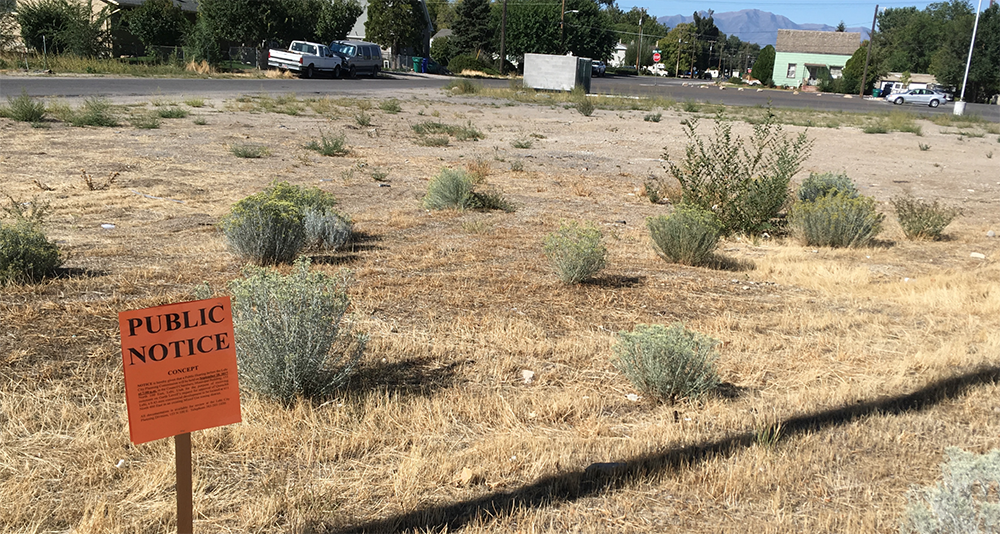

Planning Commission approves QuenchIt soda shop on State Street
-
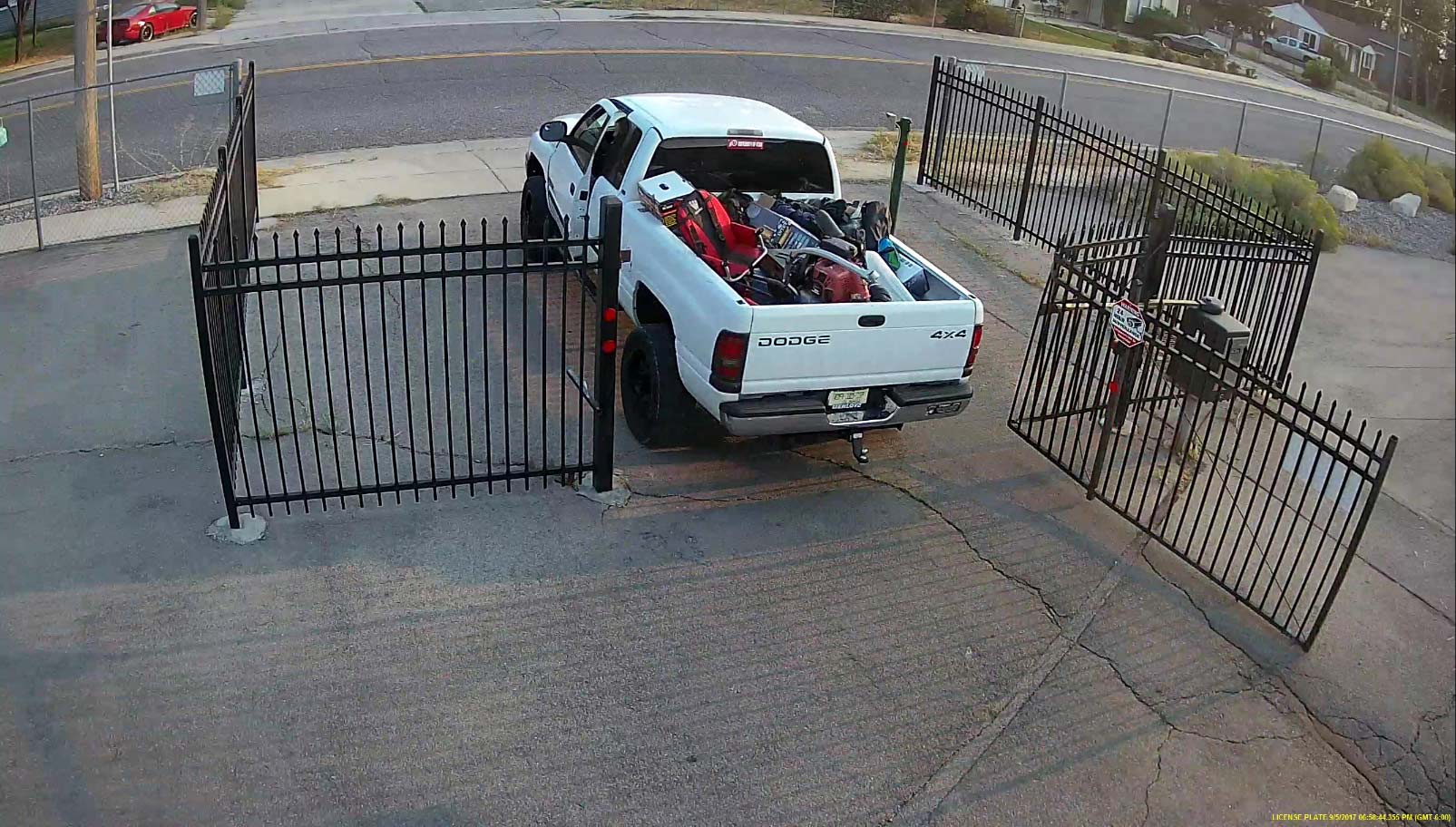

Three suspects break into Lehi storage unit
-
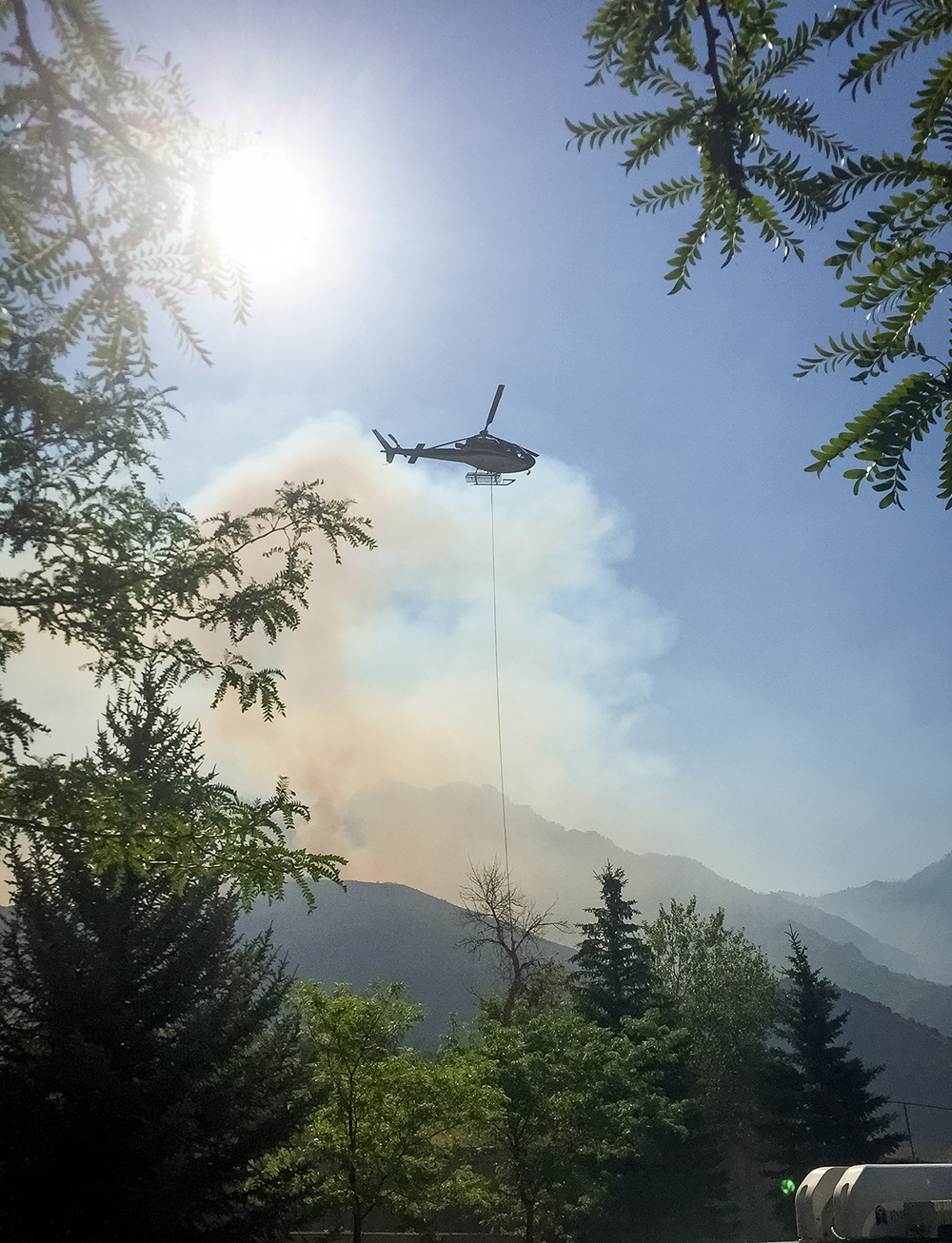

Update on “Water Tower” Fire in Alpine
-


Teen Star Tapes Show in Lehi
-


Health Fair Held at Legacy Center
-
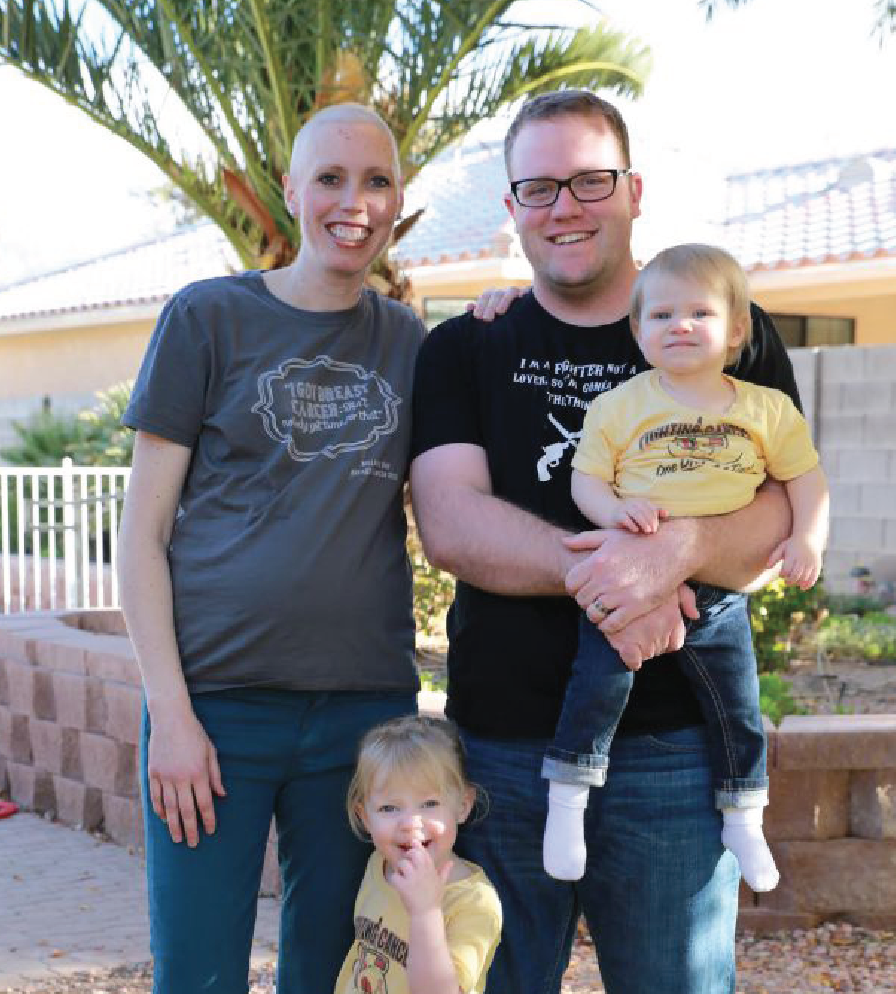

Lehi Woman Fighting Cancer Gets Wish
-


Internet Safety Taught at Traverse Mountain Elementary
-
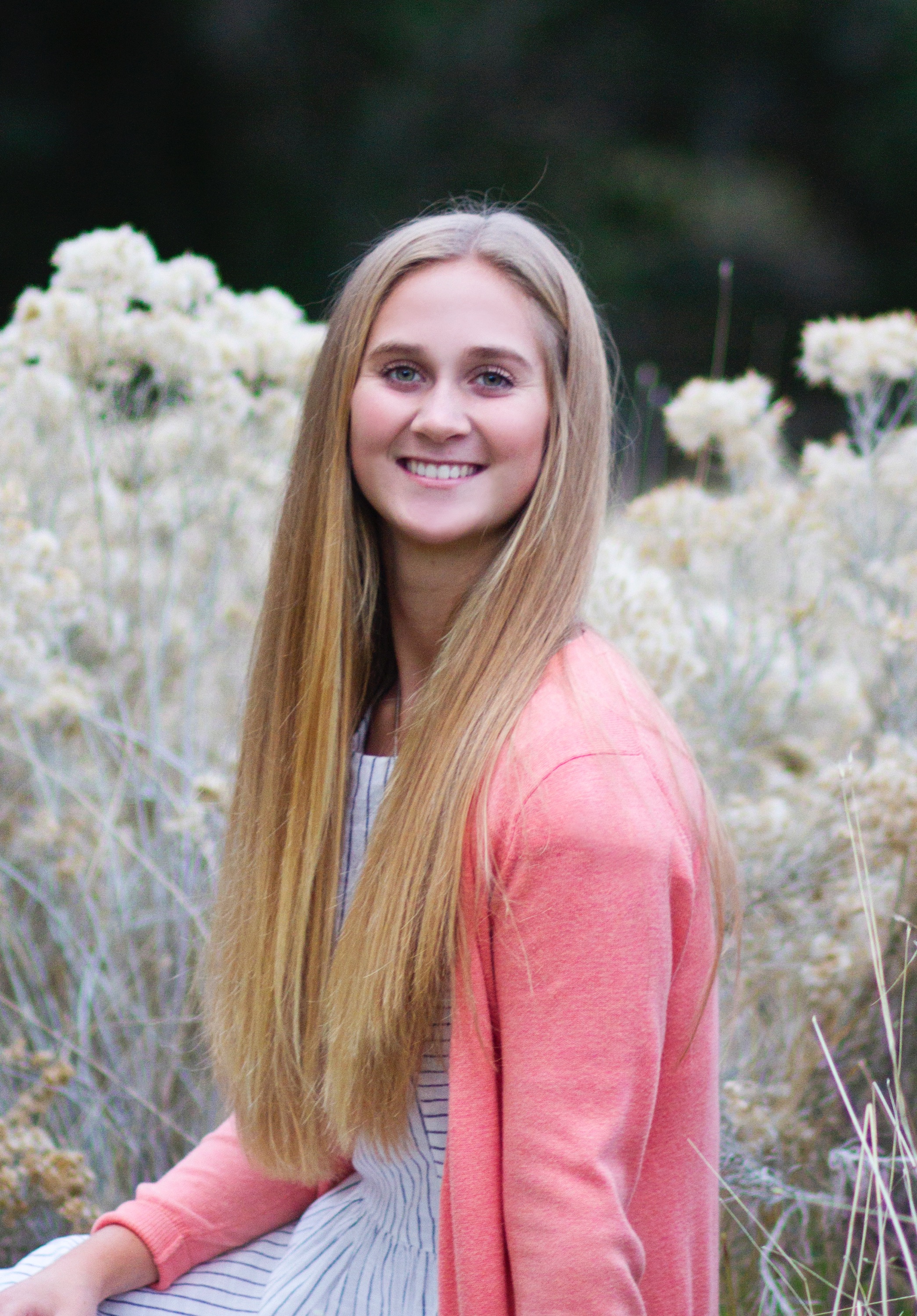

Beeston Receives Soccer Honors
-
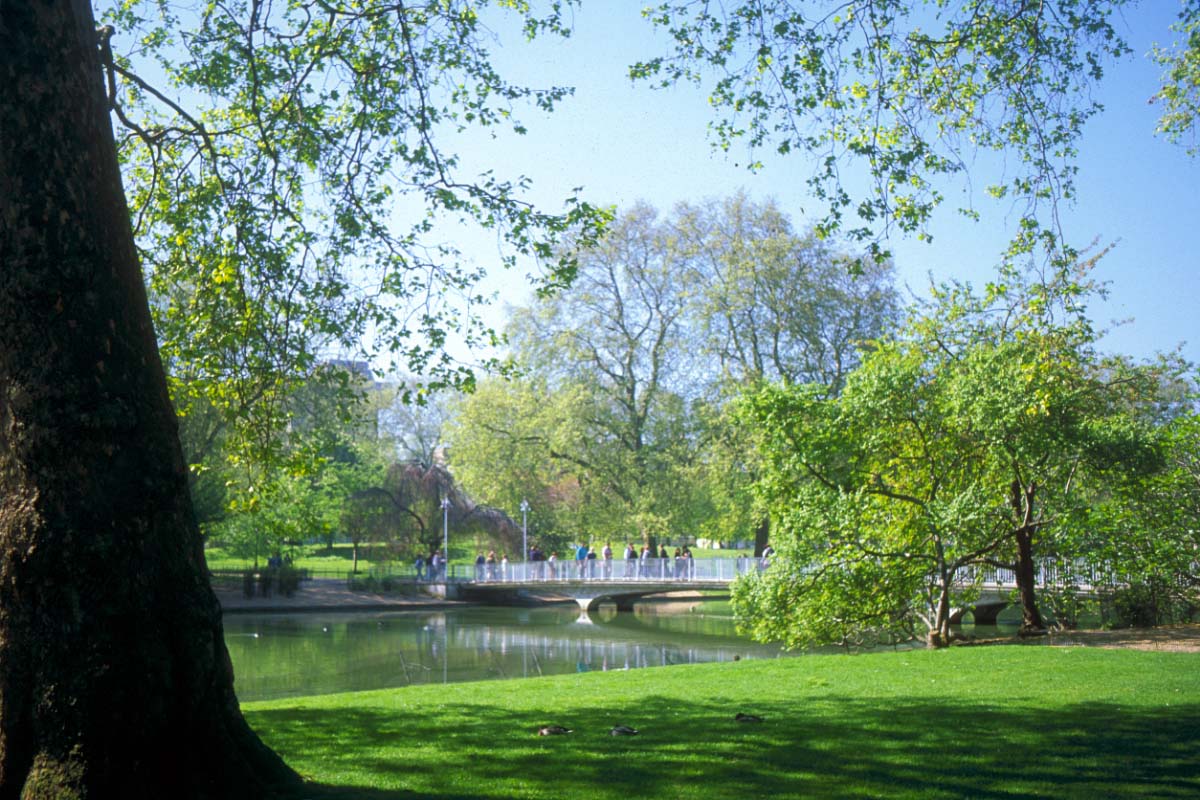

Our Opinion: Start with a Park

